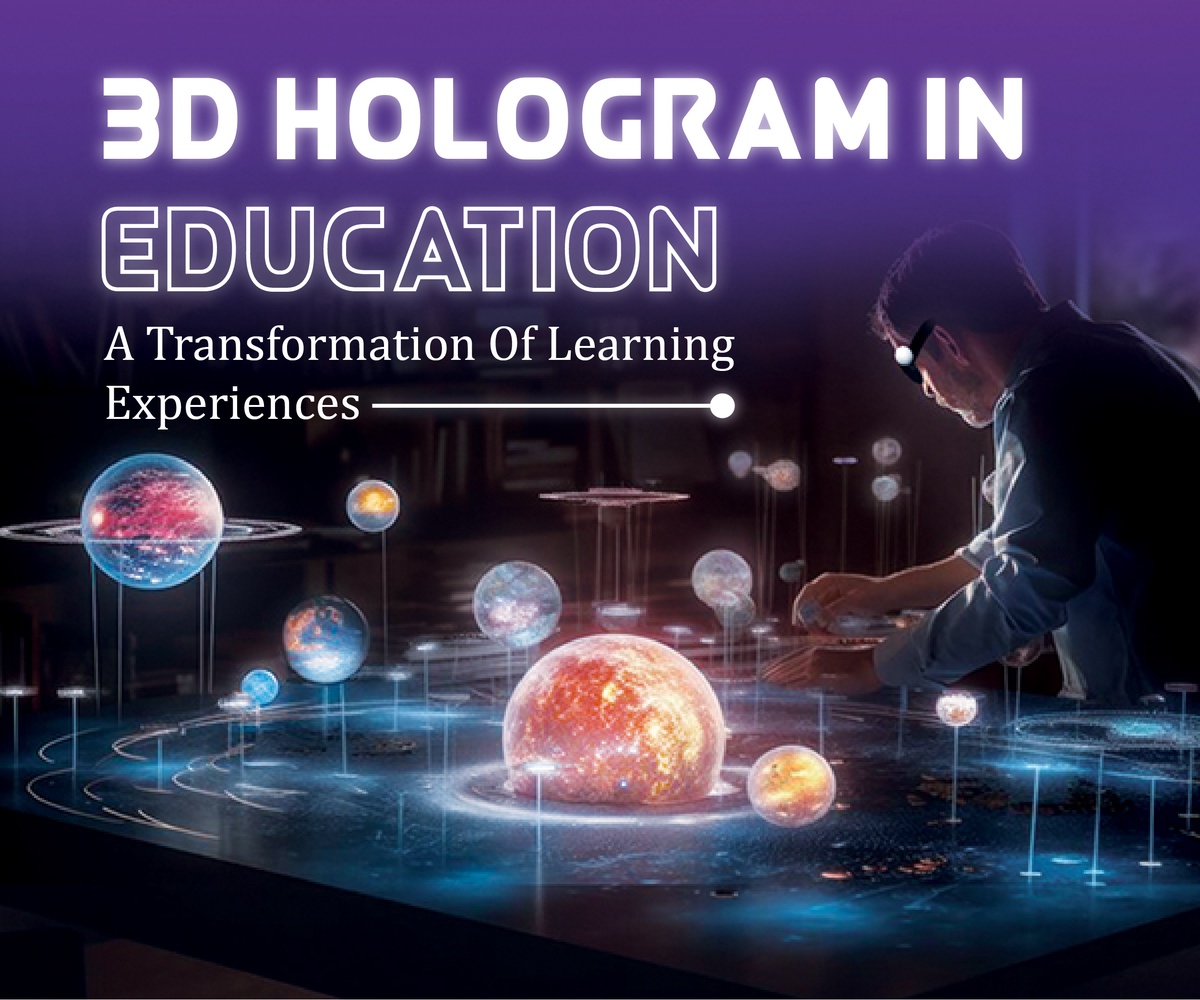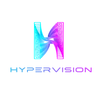The use of modern technologies is changing how teachers and students learn in the ever-changing field of education. 3D holography is one such innovative technology that is causing a stir in the educational field. Learning experiences, which were previously limited to science fiction, are changing as a result of the educational use of 3D holograms. This essay will examine the function of 3D holograms in the classroom, how they could improve student learning, and how this immersive technology affects both teachers and students.
The Ascension of 3D Hologram Technology
Prior to delving into its educational uses, let us first clarify the definition of 3D holographic technology. Through the use of holography, things can be captured and displayed in three dimensions, producing realistic, tangibly rendered images that appear to materialize in space. 3D holograms were once only found in Hollywood productions and exhibit displays, but because of advances in technology, they are now a common sight in everyday life, particularly in the classroom.
Breathing Life into Lessons
Bringing complicated subjects to life with 3D holograms is one of their most remarkable educational benefits. Imagine a biology classroom where pupils can engage with a three-dimensional holographic human body model. They may alter, zoom in, and explore various body systems and organs to obtain a deeper grasp of the subject matter, as opposed to static images seen in textbooks. This immersive learning environment improves memory and comprehension while also making education more interesting.
Bridging the Educational Chasm in STEM
STEM (Science, Technology, Engineering, and Mathematics) education is greatly impacted by 3D holograms. These subjects frequently contain complex ideas that are difficult to understand when learning using traditional means. A useful tool for 3D visualizing abstract concepts and turning them into concrete educational experiences are 3D holograms. For instance, students can see intricate molecular structures in physics, and they can use interactive holographic models in mathematics to understand geometry. By bridging the theoretical and practical application gaps, this technology increases the accessibility and enjoyment of STEM courses.
Comprehensive Practical Education
In education, the idea of experiential learning has traditionally been highly regarded. This idea is enhanced with 3D holograms.
With the aid of augmented reality (AR) and virtual reality (VR) technologies, students can virtually dissect a frog, explore ancient historical sites, or step inside a human cell. The possibilities are boundless. By enabling students to manipulate and explore objects in a 3D space, holograms create an interactive learning environment that fosters curiosity and critical thinking.
Customization and Personalized Learning
Additionally, 3D holograms enable a great level of customisation in the classroom. Teachers are able to modify their lessons to accommodate students' unique learning preferences, whether they are kinesthetic, auditory, or visual learners. For example, a language instructor could utilize holographic talks to practice language, while a history teacher could use holograms to provide an immersive virtual tour of historical events. This personalization enhances inclusivity in education by meeting the varied requirements of students.
Breaking Down Geographic Barriers
Geographical obstacles may be addressed in teaching through the use of 3D holograms. Content and activities that were previously limited to particular areas are now available to students. For example, a distant school can take students on a virtual field trip to a well-known museum, where they can examine artwork and objects in great detail. This broadens their perspectives and enhances their education.
Surmounting Resource Limitations
Lack of resources is one of the issues that educators around the world must deal with. Art collections, historical artifacts, and state-of-the-art laboratory equipment are not readily available to many educational institutions. Immersive Technology solutions such as 3D holograms help get over these restrictions. Without the need for costly actual materials, educators can provide students hands-on experiences by making digital reproductions of objects.
Engaging and Interactive Assessment
The advent of three-dimensional holograms has led to an evolution in assessment procedures. Assessments that are more dynamic and engaging are rapidly replacing traditional written tests and quizzes. For instance, students could answer questions in a virtual environment while exploring holographic historical scenes as part of a history quiz. This improves assessment enjoyment while also evaluating students' comprehension in a more real-world setting.
Challenges and Considerations
Although 3D holograms have a lot of potential for use in education, there are several obstacles to overcome in their deployment. One such impediment that many schools and institutions may face is cost. The cost of creating 3D content and purchasing the necessary hardware might be high. Furthermore, in order to successfully integrate holograms into their lesson plans, teachers might require training. It's also necessary to address privacy and ethical issues around the usage of these technologies in the classroom.
The Future of Education
3D holograms will play an increasingly important role in education as technology develops. The delivery of holographic content will become more seamless with the arrival of 5G and enhanced AR/VR devices. This might establish an international community of teachers and learners who can work together, share knowledge, and learn in previously unheard-of ways.
In Conclusion
3D holograms in education have the power to revolutionize the learning experience. By making complex subjects accessible and engaging, breaking down geographical barriers, and enabling personalized learning, this technology opens new horizons for educators and students alike. While challenges exist, the benefits of integrating 3D hologram technology into education are significant. As we move forward, it's essential to explore the potential of this innovative tool and harness its power to shape the future of education. In a world where knowledge is key, 3D holograms are unlocking doors to a brighter, more immersive future for learners of all ages.
- Achieve a 30% reduction in unplanned downtime through predictive maintenance.
- Reduce training time for new employees by 50%.
- Improve safety and decrease workplace incidents by 25%.
- Increase overall production efficiency by 20%.
Conclusion
The journey through a smart factory equipped with 3D hologram technology reveals a future where manufacturing is more efficient, safer, and agile. Holographic technology isn't just enhancing the way we build products; it's reshaping the very nature of manufacturing itself. As we continue to innovate and explore the possibilities, the smart factory of tomorrow is already here, redefining the boundaries of what's achievable.
Are you excited about the potential of 3D hologram technology in manufacturing? Share your thoughts and experiences in the comments below. Let's continue to embrace innovation and pave the way for a smarter, more efficient, and more connected manufacturing landscape.


No comments yet